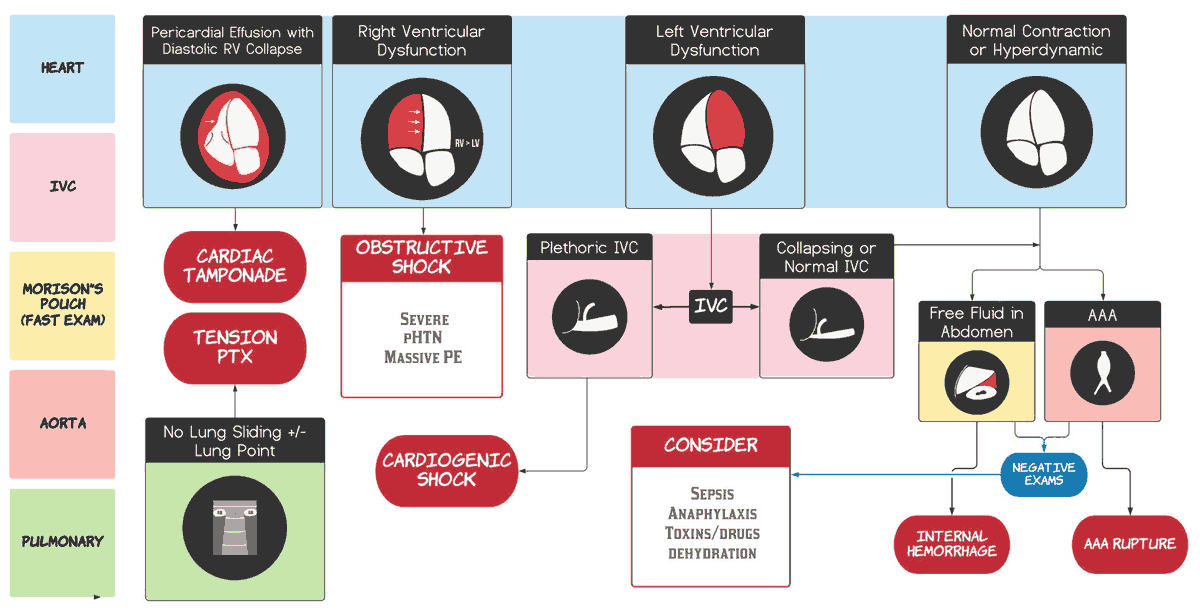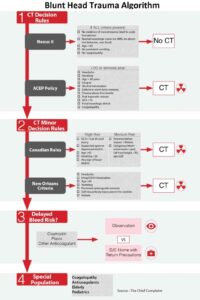Sepsis is one of those conditions that doesn’t wait. It turns routine infections into system-wide emergencies, often before the team even finishes the initial workup. Each year, it affects an estimated 1.7 million people across the U.S. Moreover, it’s the third leading cause of death in American hospitals.
What makes it especially dangerous is how fast it escalates, moving from mild symptoms like fever and fatigue to full-blown organ dysfunction within hours.
In the hospital setting, the challenge isn’t just treating sepsis. It’s spotting it early, knowing the warning signs, and activating the right team and protocols before irreversible damage begins.
When Infection Tips into Organ Failure
Sepsis isn’t just about the infection; it’s the body’s overreaction that causes the real harm. As the immune response spirals out of control, blood pressure plummets, organs receive less oxygen, and inflammation spreads far beyond the original infection site.
What may have started as pneumonia or a urinary tract infection can quickly escalate into something far more dangerous. Suddenly, you’re not just treating the source of infection. You’re managing a patient with acute kidney injury, altered mental status, respiratory distress, or even full-blown shock.
The most commonly affected organs are:
- Lungs – patients may need oxygen or mechanical ventilation
- Kidneys – output drops, labs rise, and dialysis becomes a possibility
- Brain – confusion or sudden unresponsiveness is often overlooked but critical
- Liver and coagulation systems – clotting issues, jaundice, and bleeding risks
- Heart and circulation – hypotension that doesn’t respond to fluids is a big red flag
Early Clues That Matter
With sepsis, every hour counts. The risk of death jumps by 4% to 9% for every hour treatment is delayed. Early symptoms, however, often mimic other serious conditions like heart attacks or strokes.
That’s what makes early recognition so tricky and so critical. Timely intervention has a major impact. Experts estimate that up to 80% of sepsis-related deaths are preventable with early and appropriate treatment.
The presentation isn’t always dramatic, but certain changes should raise suspicion. These are:
- A previously alert patient becomes confused or disoriented
- Blood pressure drops, even with adequate fluids
- Urine output slows down
- Breathing becomes shallow or more labored
- Lab trends drift- rising lactate, creeping creatinine, falling platelets
Tools like qSOFA and the full SOFA score can support screening, but they’re no substitute for sharp clinical instincts. Sometimes it’s the bedside nurse who notices something’s not right. Sometimes it’s the NP who catches a subtle trend. That’s often the difference between a rescue and a loss.
The First Hour Still Matters
While guidelines have evolved, the fundamentals haven’t changed much:
- Start antibiotics early, ideally within the first hour
- Get blood cultures first, if possible, but don’t delay treatment
- Push fluids, typically 30 mL/kg for hypotensive or high-lactate patients
And keep reassessing. If vital signs stay unstable, it could mean the patient is heading into septic shock.
Septic shock is a severe escalation of sepsis, marked by a sudden and dangerous drop in blood pressure that doesn’t respond to fluids alone. When this happens, the body can no longer get enough oxygen to key organs, leading to rapid organ failure.
That’s why the early steps aren’t optional. They give the patient a real chance. Even a one-hour delay can shift the balance from recovery to irreversible damage.
Strengthening Care Delivery Through Interdisciplinary Collaboration
No one can manage sepsis alone. It’s the kind of condition that demands input from multiple disciplines- critical care, infectious disease, pharmacy, nursing, respiratory therapy, and more. That’s especially true for older adults, who face a higher risk as sepsis incidence climbs with each year past 65.
For this population, the need for specialized care is sharper. In many hospitals, adult-gerontology acute care nurse practitioners (AGACNPs) are central to that coordination. They’re trained specifically to manage the complexities of aging patients in critical settings.
They often lead rapid responses, track real-time trends, and act fast when a patient’s condition changes. A growing number of these practitioners are advancing their training through AGACNP online programs.
These online programs let clinicians build acute care skills without leaving full-time roles. As Baylor University points out, flexibility matters when time is tight and staffing is limited.
The result? Teams get bedside-experienced clinicians who apply protocols quickly and think across disciplines and specific populations, like the elderly.
Monitoring for the Unexpected
Surviving sepsis doesn’t guarantee a smooth recovery. In fact, many patients face a rocky road even after discharge. Recurrent infections, lingering inflammation, or undiagnosed complications can quietly build momentum. What’s often overlooked is how vulnerable these patients remain even weeks later.
According to a study published on ScienceDirect, infection and sepsis are among the top reasons for hospital readmission. One in 21 adult survivors is readmitted for sepsis within just 30 days.
This makes close monitoring not just in the ICU but post-discharge critical.
Things to watch for:
- Persistent low blood pressure or rising heart rate
- A second fever spike
- Confusion that worsens, not improves
- A drop in urine output or oxygen levels
- Lab markers that move in the wrong direction- rising lactate, falling platelets, increasing creatinine
The goal isn’t to prevent every complication—some are inevitable—but to catch them early and act before they snowball.
FAQs
Can sepsis affect cognitive function long after discharge?
Yes. Many survivors report memory issues, brain fog, or mood swings. This is known as post-sepsis syndrome. Symptoms may last weeks or months. Regular cognitive screenings, along with mental health support, can improve recovery and reduce the risk of long-term impairment.
How important is family education in post-sepsis care?
Family members often manage day-to-day care after discharge. Without proper instruction, they may overlook serious symptoms like confusion or shortness of breath. Providing them with checklists, medication instructions, and warning signs can prevent unnecessary readmissions and improve long-term outcomes.
Are nutritional needs different after sepsis?
Yes. Many survivors need extra calories, protein, and vitamins to regain strength. Loss of appetite is common. Nutritional plans may include small meals, supplements, or specialized diets. Involving a dietitian early helps address deficiencies and support tissue repair and immune function.
Overall, sepsis-induced organ dysfunction doesn’t give second chances. The best outcomes come from a combination of early suspicion, structured responses, and strong teamwork. Tools like SOFA scores and protocols matter, but so does clinical instinct, especially when the clock is ticking.
And as more hospitals adopt multidisciplinary sepsis response teams, the role of trained providers only grows more essential. With the right preparation and the right people in the right place, sepsis doesn’t have to end in organ failure. It can be stopped before it spirals.
This article is a guest contribution submitted by a professional healthcare writer and reviewed for accuracy.



